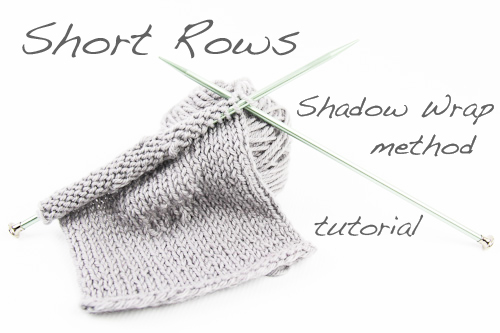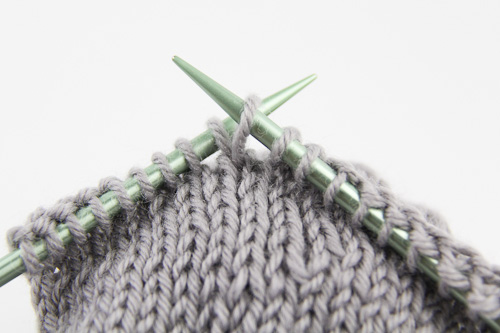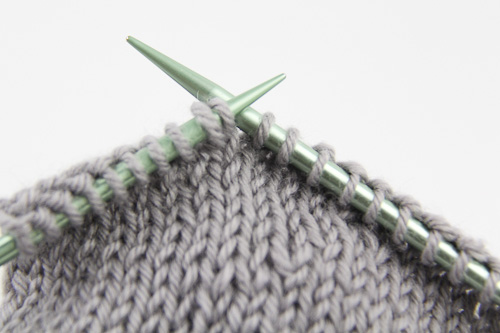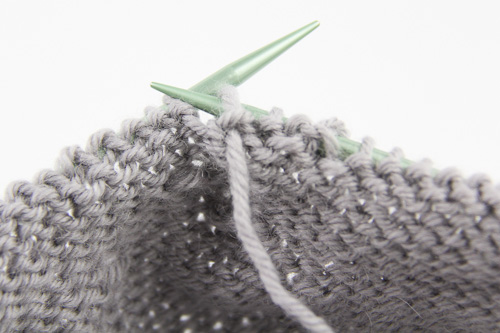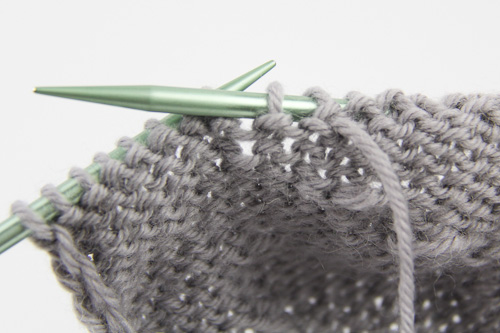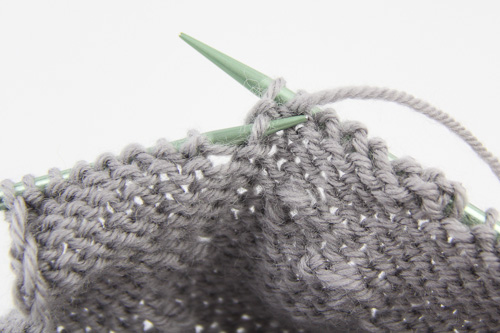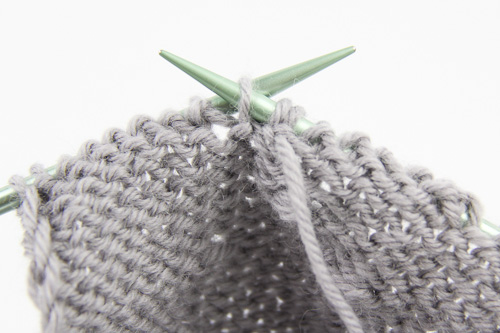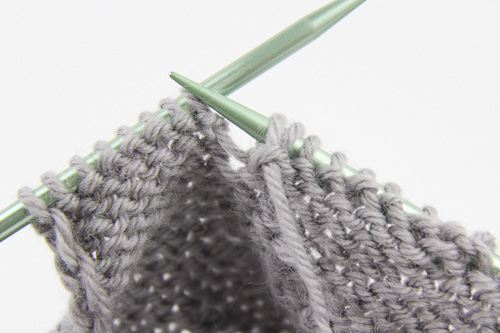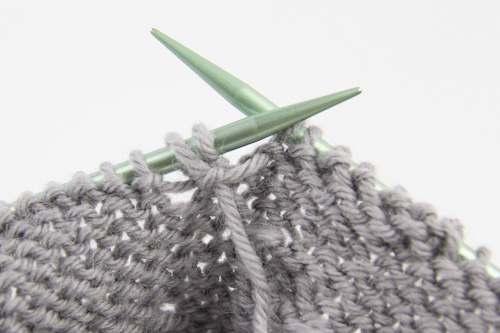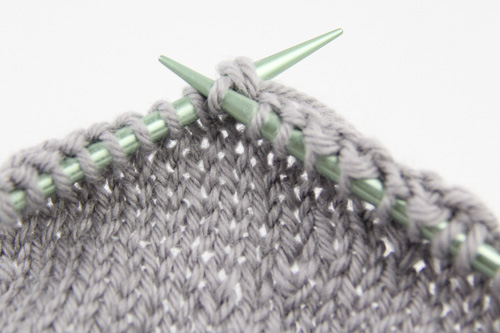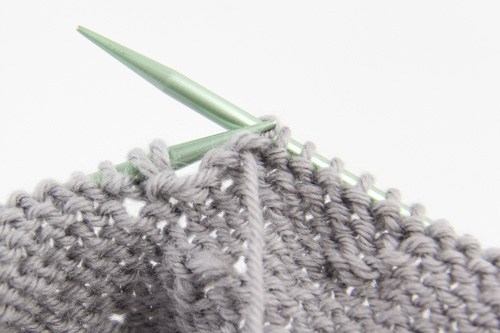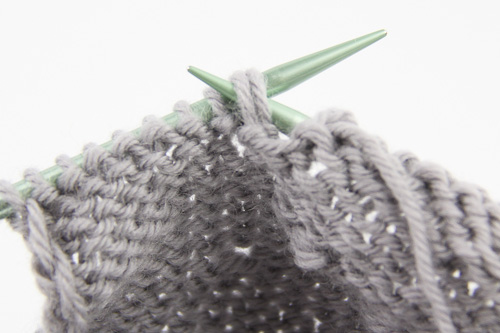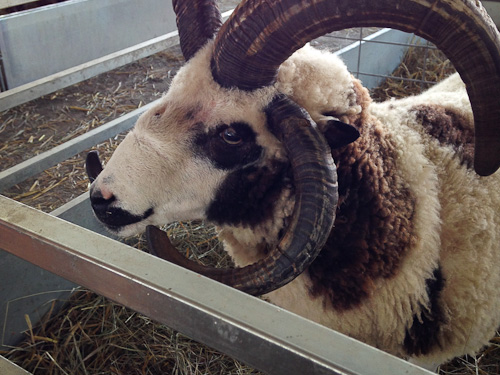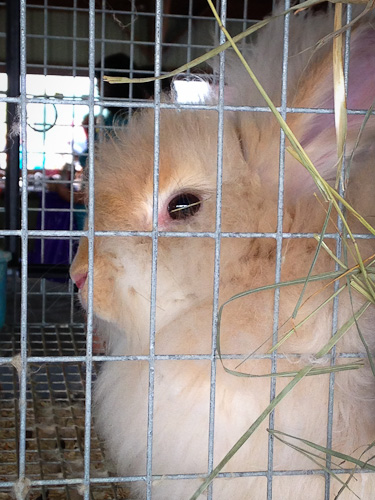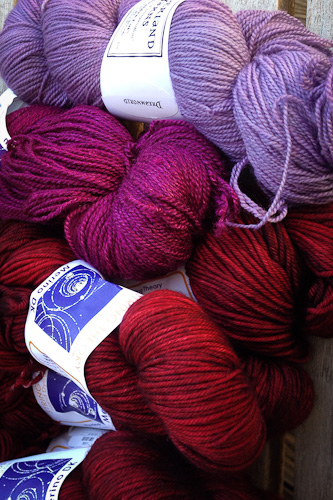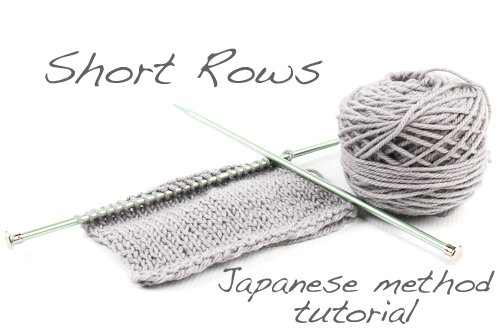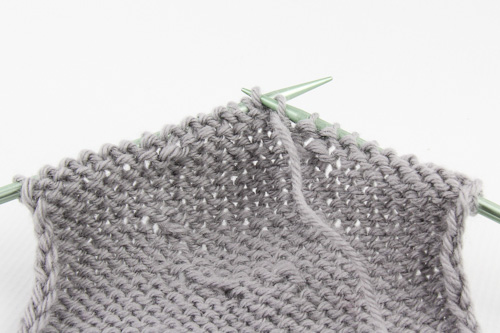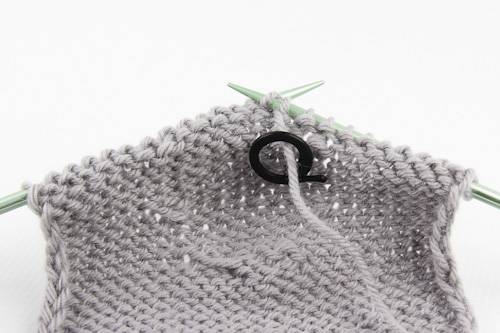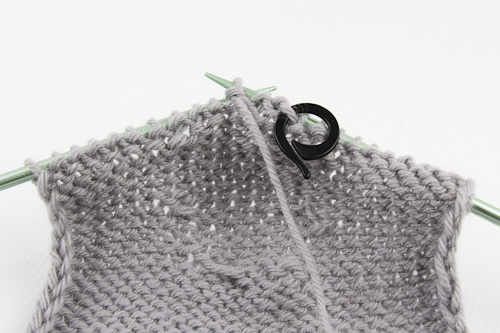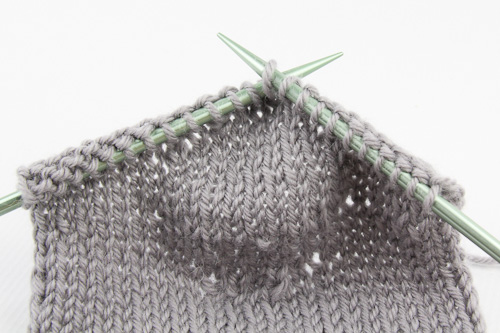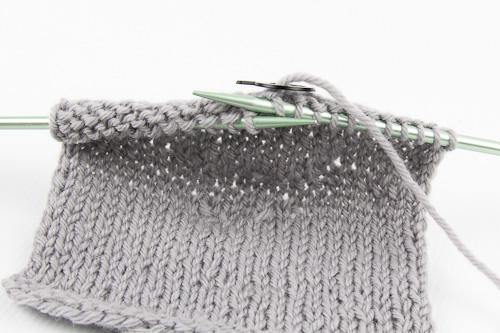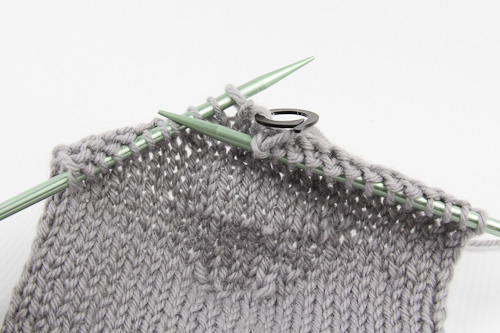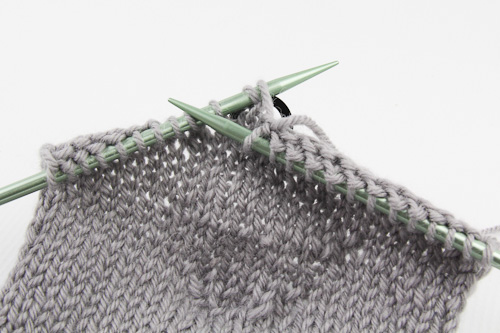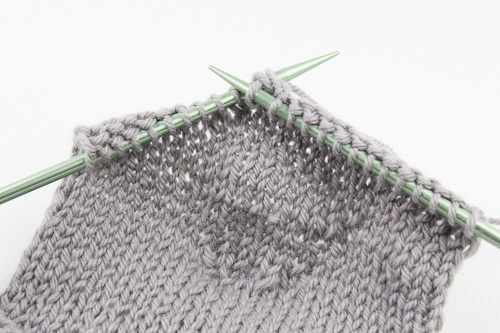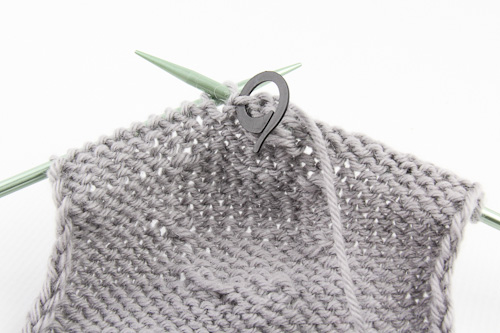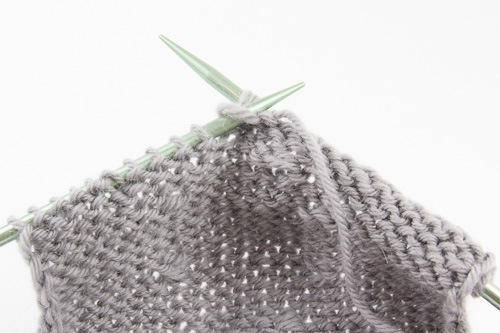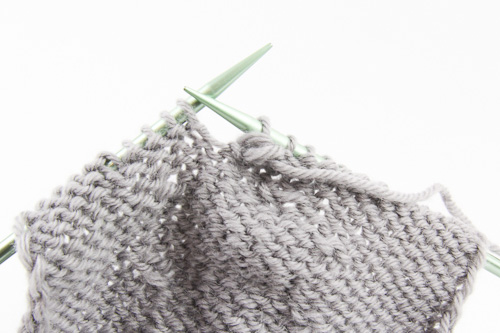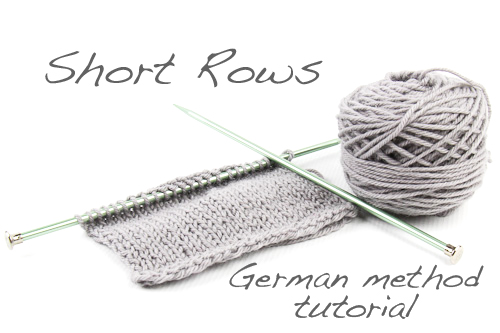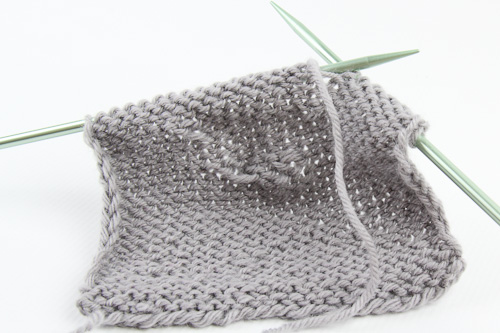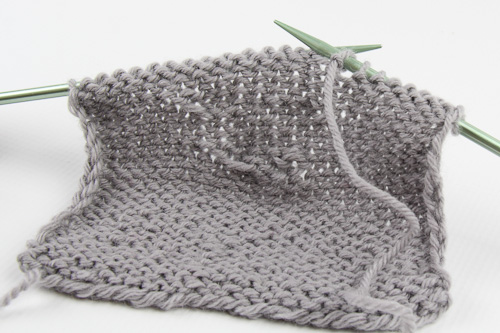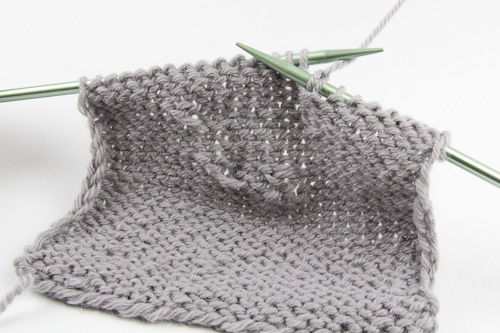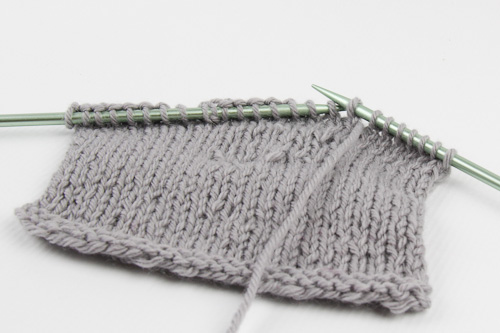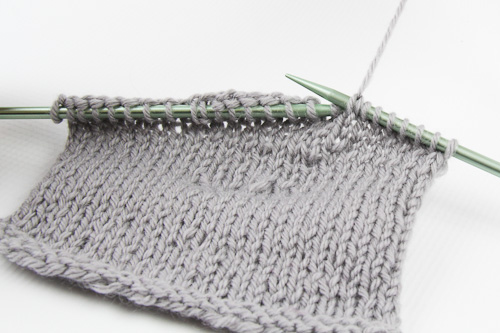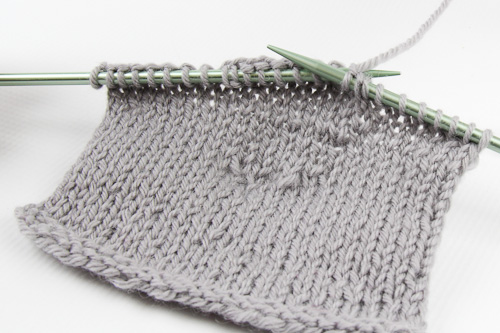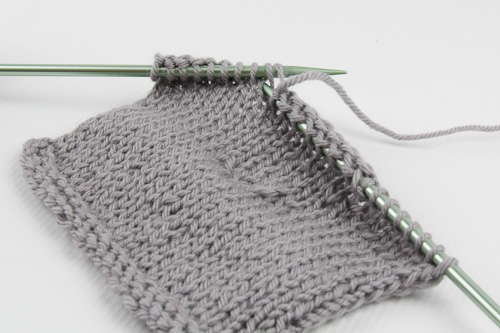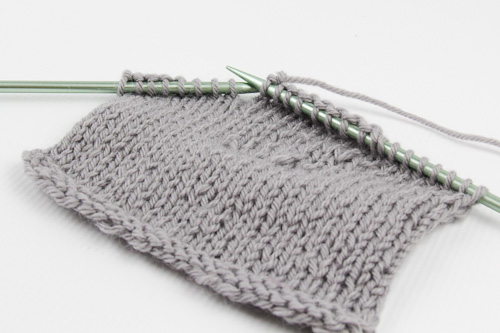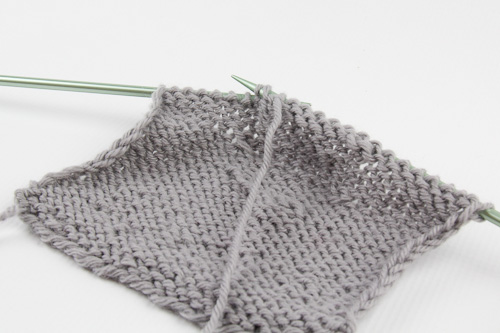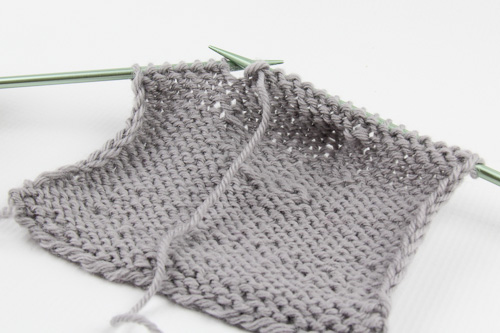
A seamless cardigan with swingy fronts and unusual construction, Silverado is the best kind of simple yet interesting knitting. Texture abounds in the reverse stockinette ground, ribbed sleeves and 3-dimensional wave cables, finished with a simple applied I-cord front and neck edge. The cozy wrap front can be worn open or closed with a pin, and is just the right layer when there’s a chill in the air.
Construction: The back and sleeves of Silverado begin in the topdown raglan style, then as the sleeves are divided from the body, stitches are picked up along the front raglan seamlines for the fronts, which are shaped with increases and cables.
Techniques & Skills Used: raglan construction, knit/purl, increasing/decreasing, longtail CO, backwards loop CO, picking up stitches, cables, applied I-cord (cable CO). Silverado is a fully written pattern, with the cables both written and charted; there is also a video tutorial for the applied I-cord.
Size: 33 (34.5, 36.5, 38, 40, 42.5, 45.5, 48, 50.5)” upper bust, based on twice the back width at bottom of armhole; the shaped fronts of this cardigan make each size very versatile; choose a size based on upper bust measurement. Sample shown in second size with 1” positive ease.
Yarn: Malabrigo Yarn Merino Worsted (100% merino wool; 210 yards/192m/100g), shown in Frost Gray; 4 (4, 4, 5, 5, 5, 6, 6, 7) skeins, or approximately 750 (775, 825, 900, 950, 1025, 1150, 1225, 1350) yards of worsted weight yarn.
Other Materials: US 8 (5mm) 32” circular needle or size to match gauge; Stitch markers (6); Stitch holders (2); Cable needle; Yarn needle.
Gauge: 18 st and 24 rows/4” in stockinette stitch, 20 st and 24 rows/4” in slightly stretched P1K1 Rib, after blocking.
See it on Ravelry or on Payhip, to read more or purchase the pattern. 




